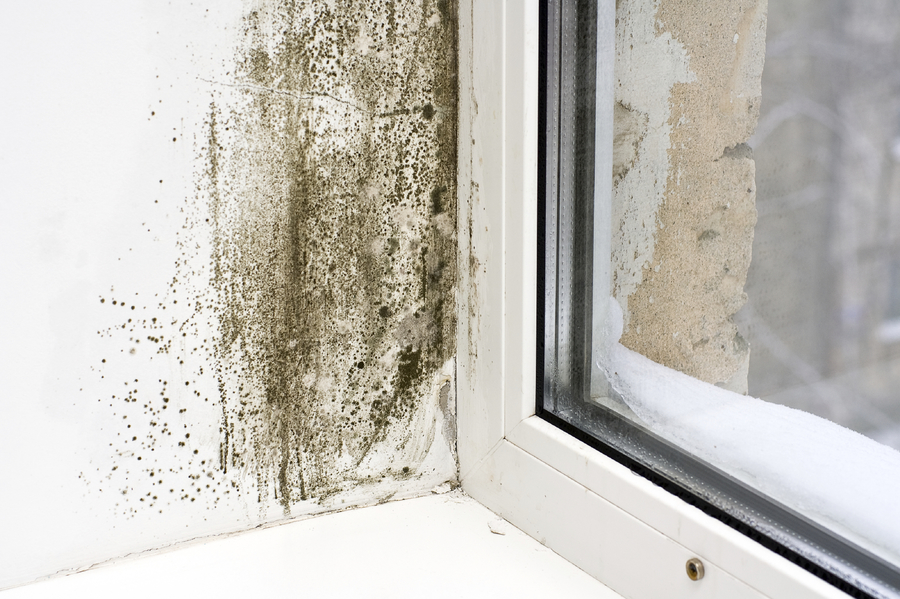Articles » How do I? » How To Get Rid of Mold
What is mold?
There are many kinds of mold but to keep it simple we are referring here to the most common type of mold found in homes. Mold is a microscopic organism or a type of fungi that eats organic matter and reproduces by releasing spores. In nature, mold has its uses by helping to break-down leaves, wood and other plant matter etc. Mold in your home is a big problem though because it causes health risks, especially if you have any respiratory problems or a weak immune system.
What makes mold grow in the home
Mold must have moisture to grow and thrive. Moisture in the home comes from various sources such as… shower areas, kettles, cooking, airing or worse still, drying wet clothes, even our own exhaled breath and humidity in the air itself all contains moisture. All rooms should have reasonable air circulation and should have an air vent either with a fixed grill or an adjustable grill. The air vent will take care of a significant amount of moisture removal. However, too much moisture present means that even the vent will not cope and then moisture come into contact with wall, window etc where it will initially ‘fog up’ and soon after turn into water & look like a damp wall.
When that wall surface is cold, usually caused by inadequate insulation, that cold surface will then cause the ‘fog’ to condense into water droplets on the wall. This phenomenon is exactly the same process as happens for example on your bathroom mirror when you run warm or hot water nearby… first the mirror will ‘fog up’ and then you will notice, if the moisture source continues, that ‘fog’ on the mirror will then turn into water droplets. If you slide your finger along the fogged up mirror you will notice that you will create water that then runs down the glass surface.
So… this is exactly the same thing that happens causing your walls, windows etc to get wet on the inside, especially in colder weather when there is a greater difference in temperature between the inside of your home and the outside. It is common to assume that wet walls are caused by a leak of some kind or water is penetrating the wall. In the vast majority of cases, water on the wall is formed by condensation as described above – not a leak. Therefore…
How to prevent mold
Given that mold needs moisture to grow in the first place, common sense would suggest that you eliminate moisture, or moisture causing conditions as far as you possibly can. Therefore… you need to examine the following three options. They range from very low cost to relatively high cost.
- Insulate: If mold is regularly forming on your walls, your walls may be in need of insulation. This is very common on older homes which had little or no insulation included during construction. Walls that are very cold will form moisture or wetness a lot faster than walls that are not so cold. Insulation can be done in three ways namely, internal Insulated plasterboard insulation (up to 4” or 100mm aprox), external insulation (up to 8” or 200mm aprox) or a more recent invention that does not take up any space at all… insulating paint which you apply to the inside of your home’s walls. If your windows are old single paned glass you may need to consider upgrading or replacing to retain more of the room’s heat.
- Prevent moisture where possible. Cut out as far as possible the creation of all sources of moisture, especially placing wet clothes on heating radiators. Make sure each room has adequate ventilation to allow proper air circulation.
- Anti Mold products: As part of a room redecorating or painting project, you could use an anti mold fungicidal additive that works in paints and grouts. These products are mainly a concentrated fungicidal additive that when added to the paint or grout etc reject the mold as soon as it tries to form on any damp painted or grouted surface. Insulating paint mentioned above is also quite a useful thermal barrier which reduces or eliminates dampness on walls. It reduces the coldness on the wall & thereby prevents water formation which in turn prevents mold forming.




